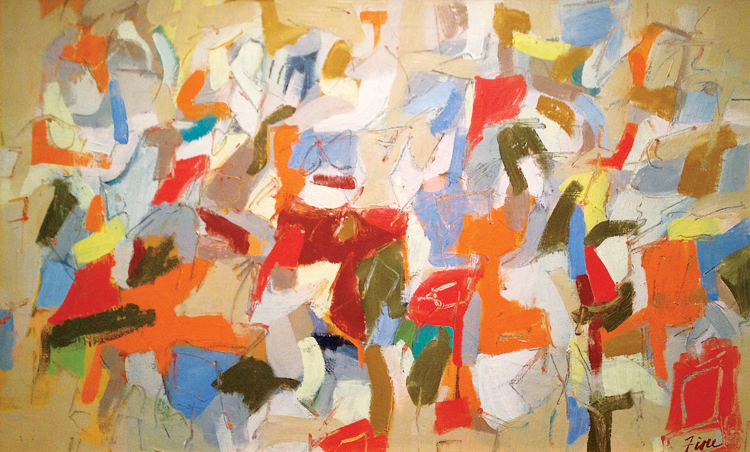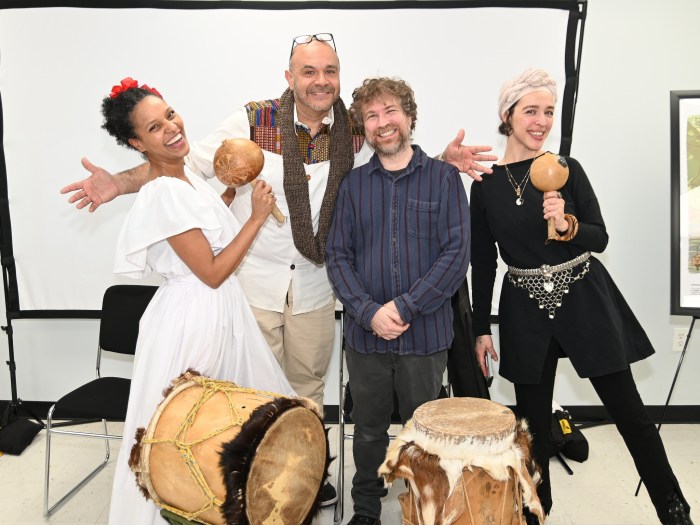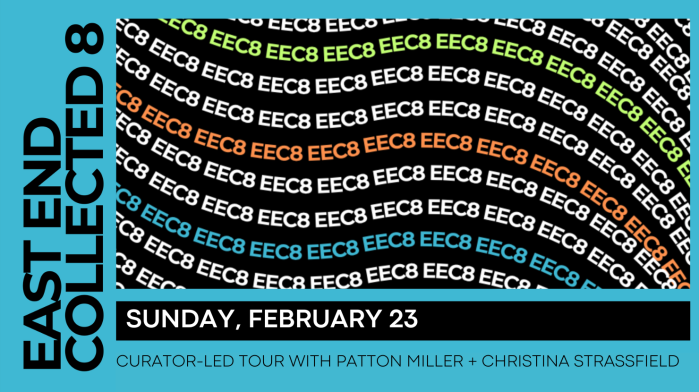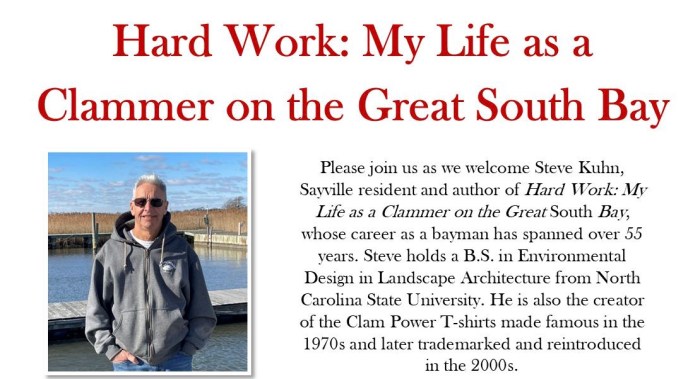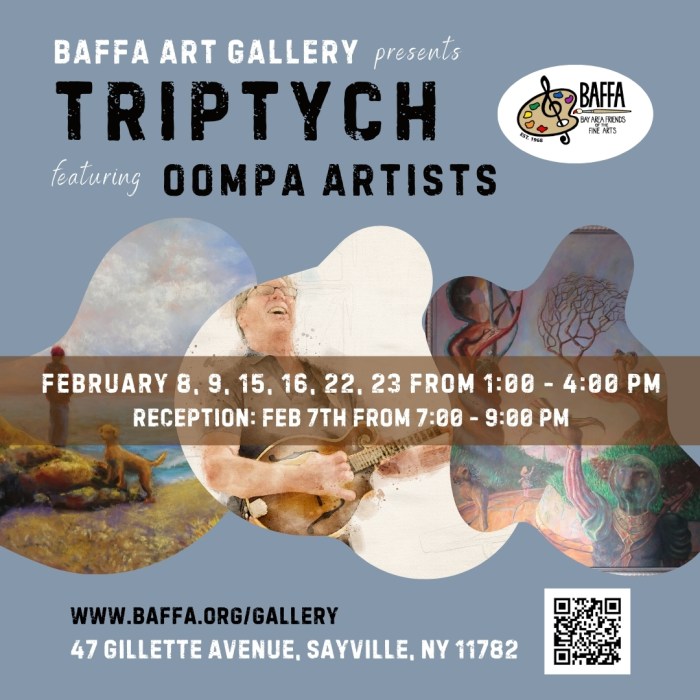The bold artistic movement that made New York the center of the art world in the 1950s gets the exposure it deserves when the Nassau County Museum of Art hosts AB-EX/RE-CON: Abstract Expressionism Reconsidered this month.
This ambitious exhibit includes 85 pieces from 47 artists whose names have become almost synonymous with this style—such as Willem de Kooning, Richard Diebenkorn, Robert Motherwell and Mark Rothko—as well as three installations focused on artists whose work is still going strong today, including New York City’s Judith Godwin, Rhode Island’s Rita Rogers and Huntington’s Stan Brodsky, currently regarded as “a master colorist whose abstract landscapes capture the essence of nature.”
Adding importance to the show is that many of these paintings haven’t been seen outside of a Manhattan gallery since far-sighted collectors first snatched them up some 50 or 60 years ago as these artists were making their mark. The exhibition also offers viewers a chance to discover the contributions of lesser-known but highly admired artists of the movement, such as Fritz Bultman, “a drinking buddy and respected rival of Jackson Pollock,” the museum says, and Jon Schueler, a “second-generation Abstract Expressionist” who became a key component of what became known as “the New York School.”
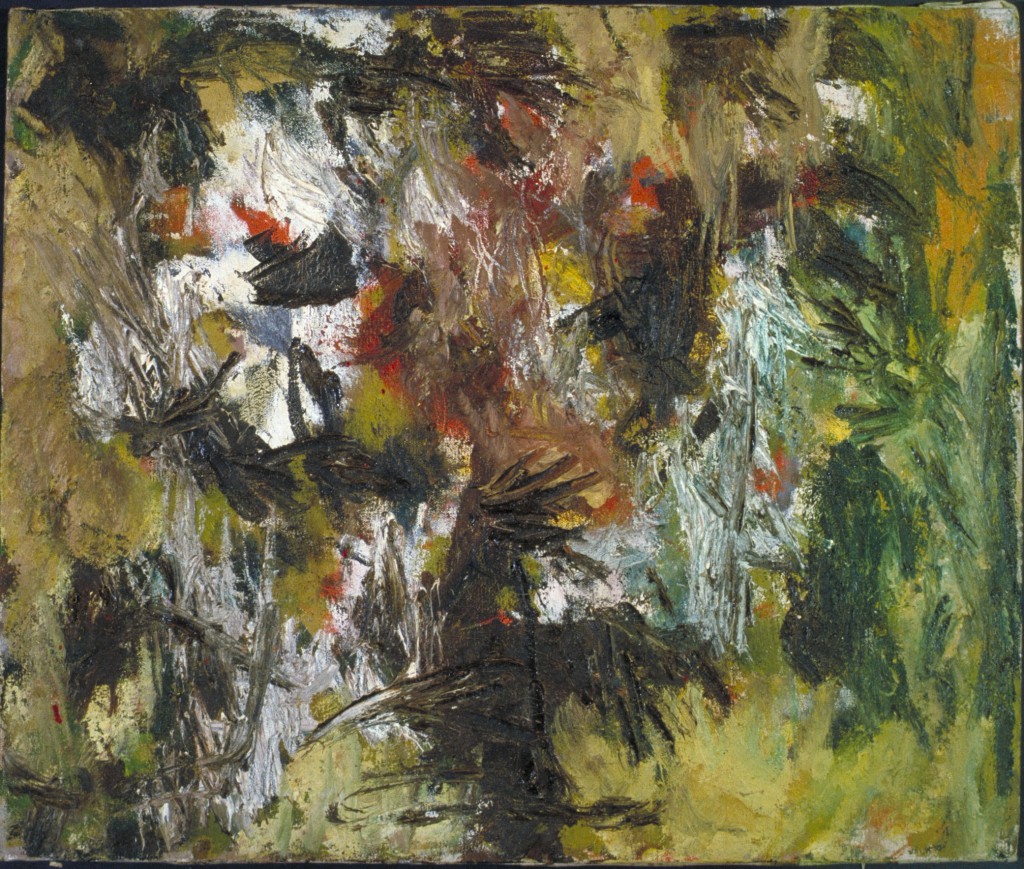
Karl Willers, the museum director at NCMA, was brimming with enthusiasm when he spoke with the Press recently about the scope of this exhibit. The public will get to look closely at “some amazing artists who were working in the late 1940s, 1950s and early 1960s in America,” he says, who “made huge contributions to abstract painting and the general movement of abstract expressionism but have never really received the credit that they’re due for all of their achievements.”
This show, which is so large it’s taking over the whole Joan and Arnold Saltzman Fine Art Building, marks the third abstract expressionist exhibition Willers has done in his career—his first one ws three decades ago at the Whitney Museum, when the great majority of these painters were still around.
“Abstract expressionism is just a name given to a group of painters who really arose in the United States in the post-war world who were very interested in abstract modes of expression,” Willers explains. “It’s usually recognized as a group of painters that in many ways developed a style of painting that was truly international in its influence.”
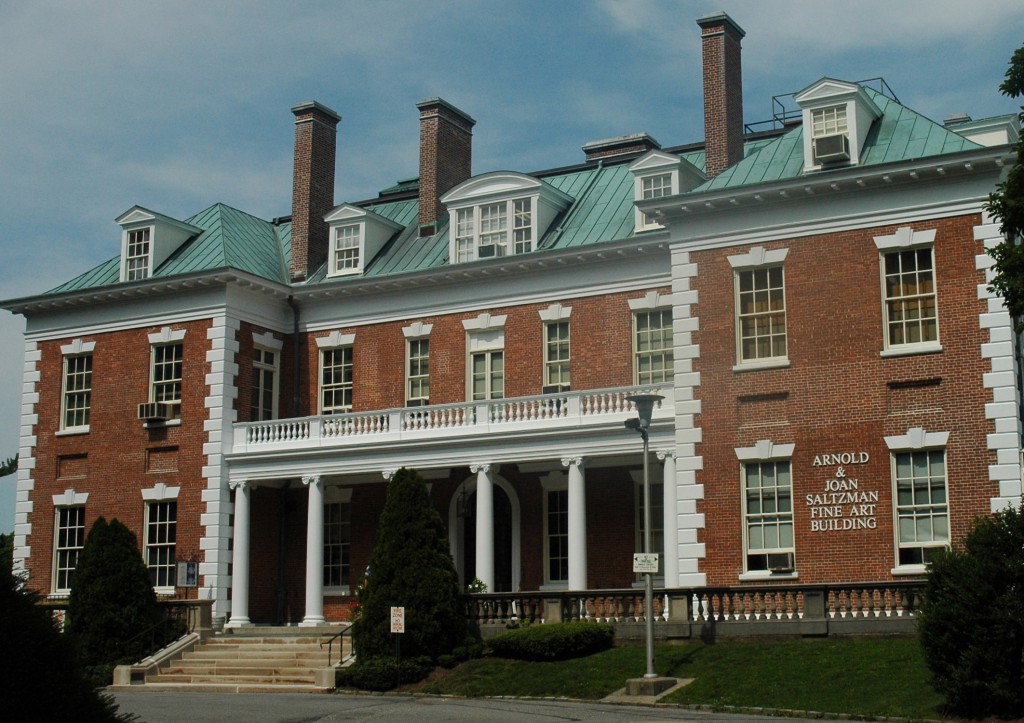
What distinguishes this style most prominently are the gestures—the acts of painting—epitomized by drips, drabs and smears of paint and brush strokes as the artist interacted with the material, the canvas and chance, letting emotions and meaning play upon the surface.
No artist embodies this form of expression better in the public’s mind than Jackson Pollock, and the exhibit will be showing a film that Arnold Newman made years ago of Pollock painting on a horizontal sheet of glass, with the camera filming him from below as the artist stood to the side and let his pigments fly.
“One of the terms used to describe this painting was action painting,” Willers says. “This film really makes it come alive for people.”
The show also includes two of the largest paintings ever made by Pollack’s pal, Bultman, and by another action painter, Norman Bluhm, whose work has been compared to Cézanne.
“One of the hallmarks of abstract expressionism was that the canvas sort of exploded to all four sides of the wall,” says Willers. “It really fills the visual field so that the viewer is very much immersed in this aesthetic experience.”
But size isn’t all that matters, notes Willers. “It’s interesting to see how some of the tiny paintings still hold up and have a huge amount of visual power,” he says.
Willers wanted to draw special attention to the three living artists in the AB-EX/RE-CON show, who each get their own gallery devoted to their work.
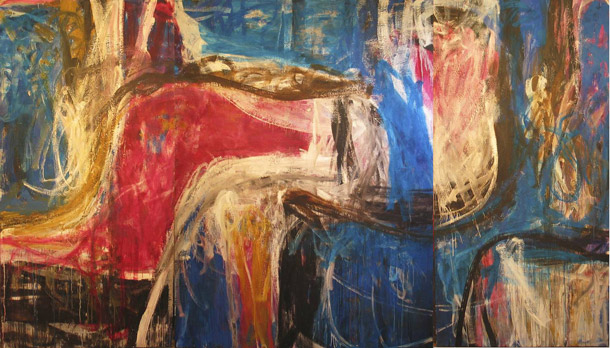
Judith Godwin, born in Virginia, moved to New York City in 1953 and enrolled in the Art Students League, famous for its rigor and far-reaching influence. She later studied with Hans Hofmann, whose work is also in this exhibit, and became a close friend of the famous modern dancer and choreographer Martha Graham. Rita Rogers, a painter and printmaker who lives in Newport, R.I., studied at the Art Students League, and later taught painting at the Portsmouth Abbey School, a boys’ boarding school near the Narragansett Bay. In 1977 her home on campus burned down, destroying almost all her early work that wasn’t in someone else’s possession. This show borrows pieces from her son’s private collection, and includes prints made from plates that survived the fire.
Born in Brooklyn, Stan Brodsky, professor emeritus of art at Long Island University’s Post Campus in Brookville, was the director of LIU’s studio programs before he retired.
“Stan Brodsky is one of the foremost painters here on Long Island,” says Willers. “He’s been doing wonderful abstract paintings throughout his career.”
Reached at his home in Huntington, where he’s had his studio for 18 years, Brodsky gladly explained his approach to color and form.
“I followed a path in which I did both figurative works and abstraction as well,” says the 88-year-old artist who just became a grandfather for the first time in January. Brodsky moved out from New York City in 1965 and started exploring the North Shore. “I was very excited by low tide,” he adds.
At one point in the 1950s, Brodsky was working at the Sidney Janis Gallery on West 57th Street when one of Willem De Kooning’s celebrated “Woman series” was delivered from his East Hampton studio.
“I remember when they took the plastic off,” Brodsky says. “I was astounded by the boldness of the work, the color, the freshness and the exaggeration, and also the physical properties of the paint, all those things excited me. I’d never seen anything like it!”
Willers hopes viewers have that experience when they come to the Nassau County Museum to see the abstract expressionist show.
The exhibit draws upon three art collections for the most part, two of whom belong to local residents close to the museum’s community—the Clarks (Bruce, Michelle and their son Spencer) and a Roslyn collector who prefers to remain anonymous.
“In many ways it is an entire genre of paintings that emerged and developed right here locally!” says Willers. “I think anybody who’s giving these works a fair chance is going to be very much enraptured by their visual qualities and the variety of different kinds of gestural paintings that were active during this same period.”
The AB-EX/RE-CON show runs through June 16. The Nassau County Museum of Art, open Tuesday-Sunday, is located at One Museum Drive in Roslyn Harbor, just off 25A (Northern Boulevard), two traffic lights west of Glen Cove Road. For more information call 516-484-9337 or visit www.nassaumuseum.org.



